A quick coffee stop or an overnight stay can make a big difference in a small town. Visitors, often looking for unique experiences, help spark local growth without even realizing it.
Small towns adjust to meet travelers’ needs, creating:
- Jobs and income for locals
- New opportunities for businesses
- Fresh energy in quiet spaces
- More reasons to visit again
These changes breathe new life into communities, transforming quick visits into meaningful connections that truly stick with you.
The Ripple Effect Of Tourist Spending
It’s remarkable how spending a few dollars during a stopover can spark a chain reaction in a small town’s economy. Tourists often spend without a second thought, but the domino effect of this spending can be felt across numerous layers of the town’s ecosystem, benefiting locals in ways most travelers never realize.
Boosting Local Businesses
When tourists shop for handmade souvenirs or relax at small cafés, they’re doing more than spending money. They’re helping local businesses that rely on seasonal visitors to keep going. Small shops and eateries often operate on tight budgets, depending heavily on those busy times.
For artisans, tourist support can turn a struggling business into a thriving one. Each purchase helps sustain their craft, materials, and sometimes even local apprentices. Plus, the money stays in the community, improving products, services, or spaces that draw visitors back year after year.
Creating Jobs And Economic Circulation
Tourist spending creates jobs, from waitstaff and cashiers to tour guides. Many roles are part-time or seasonal, helping locals fill income gaps.
It also boosts the local economy. A café owner hires a baker, who buys from a farmer. That farmer hires workers, who spend wages on other local businesses. It’s a cycle that keeps dollars flowing.
Tourism also supports other industries. Construction crews renovate buildings, and plumbers fix guesthouse bathrooms. The impact spreads like ripples in water.
How Tourism Shapes Communities
Tourism isn’t just about travel; it often plays a big role in supporting local communities. Visitors contribute to everything from improving infrastructure, like roads and public spaces, to preserving cultural traditions and boosting small businesses.
When tourists spend money at local markets, restaurants, and attractions, they do more than just enjoy unique experiences. Their spending directly supports the livelihoods of small business owners, farmers, and artisans who depend on tourism to sustain their incomes. It also helps preserve local traditions, crafts, and cultural heritage that might otherwise fade away without community support.
By choosing local over large chains, visitors contribute to a stronger, more vibrant local economy and help ensure these unique traditions are passed down to future generations.
Changes In Infrastructure And Development
When a town draws more visitors, things change fast. Parking, restrooms, and transit options improve. Businesses add boutique hotels or cozy inns, creating a fresh, welcoming feel.
Locals gain from these changes too. Better roads, upgraded spaces, and waterfronts with shops and cafés bring everyone together.
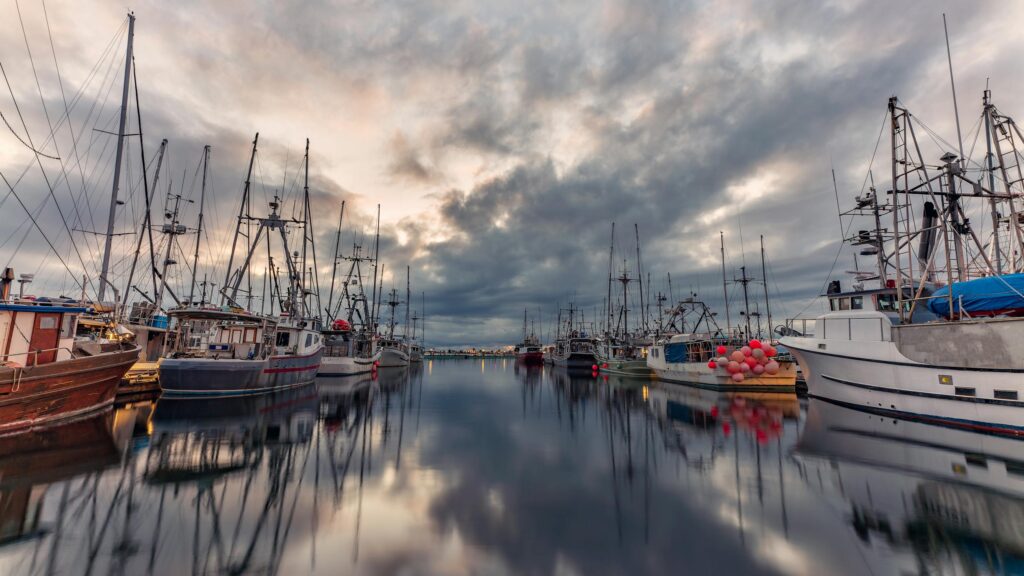
Challenge Of Preserving Local Character
How do you bring in tourists without losing what makes your town special? Many small towns face this challenge. It’s easy to focus on visitors’ preferences, but that can water down the town’s identity. Swapping handmade goods for generic souvenirs might bring fast sales, but it often replaces what made the community unique in the first place.
Some towns avoid this by promoting community-driven tourism. They highlight local life with festivals, traditional meals, and tours led by residents. It’s all about blending charm with modern needs without erasing the past. Growth is important, but not if it costs the heart of what makes a place truly stand out.
Real-World Examples Of Small Towns Transformed By Tourism
Tourism can feel like both a lifebuoy and a flood, depending on how it is received by small towns. Some thrive on the inflow of visitors while preserving their unique character, while others strain beneath the weight of over-tourism. Let’s take a look at two examples that highlight the varied impact of tourism on small-town economies.
Case Study 1: Economic Growth Through Tourism
Guatavita, Colombia, turned its connection to Lake Guatavita and the legend of El Dorado into a tourism success. Once a quiet town, it’s now a hotspot for eco-tourism and cultural experiences. Visitors enjoy local food, handmade crafts, and stays at cozy inns, directly supporting the community.
Tourism keeps money in town, creating jobs through small businesses like lake tours and artisan shops. The balance between preserving heritage and boosting the economy makes Guatavita a model for sustainable tourism.
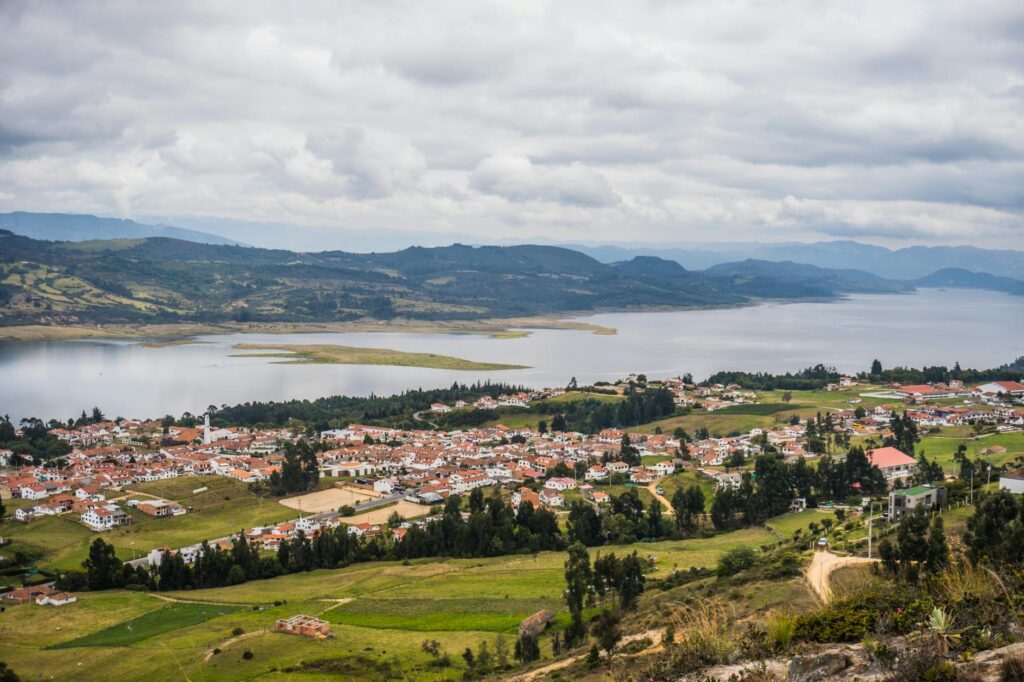
Case Study 2: The Struggles Of Over-Tourism
Hallstatt, Austria, is a stunning town, but its fairytale charm brought unexpected problems. Thanks to social media and its connection to Disney’s Frozen, tourists flooded in—over 10,000 a day in a town of less than 800. The streets became overcrowded, local life was disrupted, and the infrastructure struggled to keep up.
Tourism brought in money, but it also chipped away at the town’s unique character. Frustrated locals responded by banning drones, restricting tours to manageable numbers, and increasing parking and entry fees to control the crowds.
When I visited, the impact on the community was hard to overlook. Locals seemed tired of the constant influx, and the measures they’d taken made it clear they were fighting to preserve what made their town special.
It’s a strong reminder that tourism needs thoughtful management—it can boost local economies or overwhelm and damage the very things people come to see.
How Travelers Can Support Sustainable Economic Growth
When we travel, our choices have a direct impact on the places and people we encounter. From where we eat to the way we explore, even the smallest decisions can ripple into meaningful economic benefits.
Supporting sustainable growth isn’t just about spending—it’s about spending thoughtfully to nourish local economies and protect the environment.
Choosing Local Over Chains
Choosing local businesses instead of chains is a simple way to boost small-town economies. Grab a meal at a family-run café instead of a fast-food chain—it’s more personal and keeps money in the community.
Staying at a local bed-and-breakfast or shopping at artisan markets directly supports the people who live and work there. It also helps preserve unique crafts and traditions.
Every local purchase creates a ripple effect. It supports jobs, helps nearby suppliers, and allows businesses to grow. Small choices like these make a big difference.
Supporting Environmental Conservation
Tourism can either strain or support the environment. When poorly managed, it depletes natural resources and disrupts ecosystems. However, eco-tourism offers a solution by promoting conservation efforts, protecting wildlife, and benefiting local communities. By focusing on sustainable practices, eco-tourism encourages travelers to enjoy nature responsibly while helping preserve it for future generations.
Visiting destinations that focus on sustainability lets you explore while helping protect nature. Small towns often rely on their environment to attract visitors. Joining eco-friendly activities like guided hikes or wildlife tours supports preservation efforts, such as maintaining trails or protecting endangered species.
Eco-tours led by local experts also create jobs and educate travelers about fragile ecosystems. Choosing these options encourages sustainable practices and benefits both the planet and local communities.
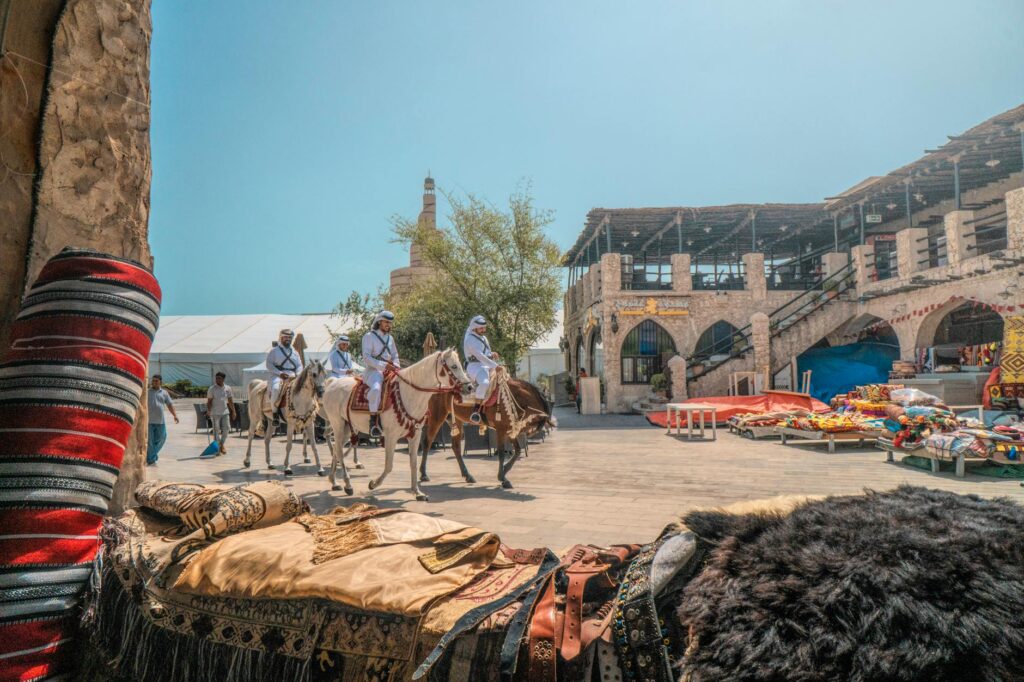
The Role Of Local Governments And Organizations
Small town growth often starts with bold decisions from local governments and organizations. They play a crucial role in introducing change, advocating for sustainable practices, and ensuring tourism benefits the community as a whole.
Policies Encouraging Sustainable Tourism
Local governments are creating policies that promote sustainable tourism by balancing growth with preserving nature and culture.
Some towns limit development near natural landmarks and require permits for activities like camping to protect the environment. Incentives like tax breaks encourage businesses to adopt eco-friendly practices, like using local ingredients or switching to solar power.
Visitor guidelines, like “Leave only footprints, take only pictures,” help tourists enjoy responsibly and keep destinations intact for future travelers.
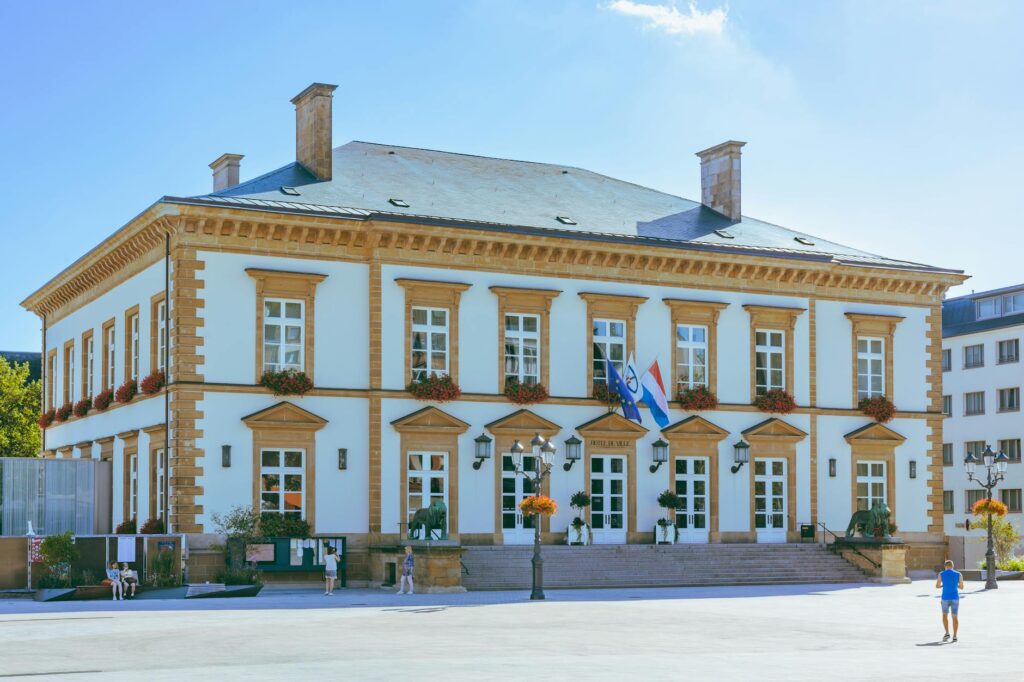
Investing In Community-Led Tourism Projects
Local groups create change with community-driven tourism projects that benefit residents directly. These efforts support locals financially and highlight real culture.
One project trained locals as tour guides, keeping jobs in the community. Visitors got genuine insights, and locals gained steady work.
Grants also fund farmers’ markets, letting small producers sell goods to tourists. I once bought fresh bread and jams, knowing my money supported the farmers.
Community-owned lodges are run locally, with profits staying in town. Funds often go back into local projects, like preserving cultural landmarks.
These ideas make tourism a shared benefit for everyone involved.
Wrapping It Up
Even small actions, like shopping at a local market or staying in a family-run inn, can boost small-town economies. Every meal, tour, or souvenir purchase supports local livelihoods and helps entire communities thrive.
As travelers, we have the power to make a difference. Choosing local businesses, respecting cultural traditions, and exploring sustainable options can keep these special places alive and authentic. Over time, these decisions add up, leaving a positive impact for both locals and visitors.
- Shop at local markets.
- Stay in family-owned accommodations.
- Choose tours run by locals.
- Support traditional crafts and artisans.
- Avoid mass-produced souvenirs.
Travel with purpose. Let’s enjoy the journey while helping these destinations grow and flourish for future generations.
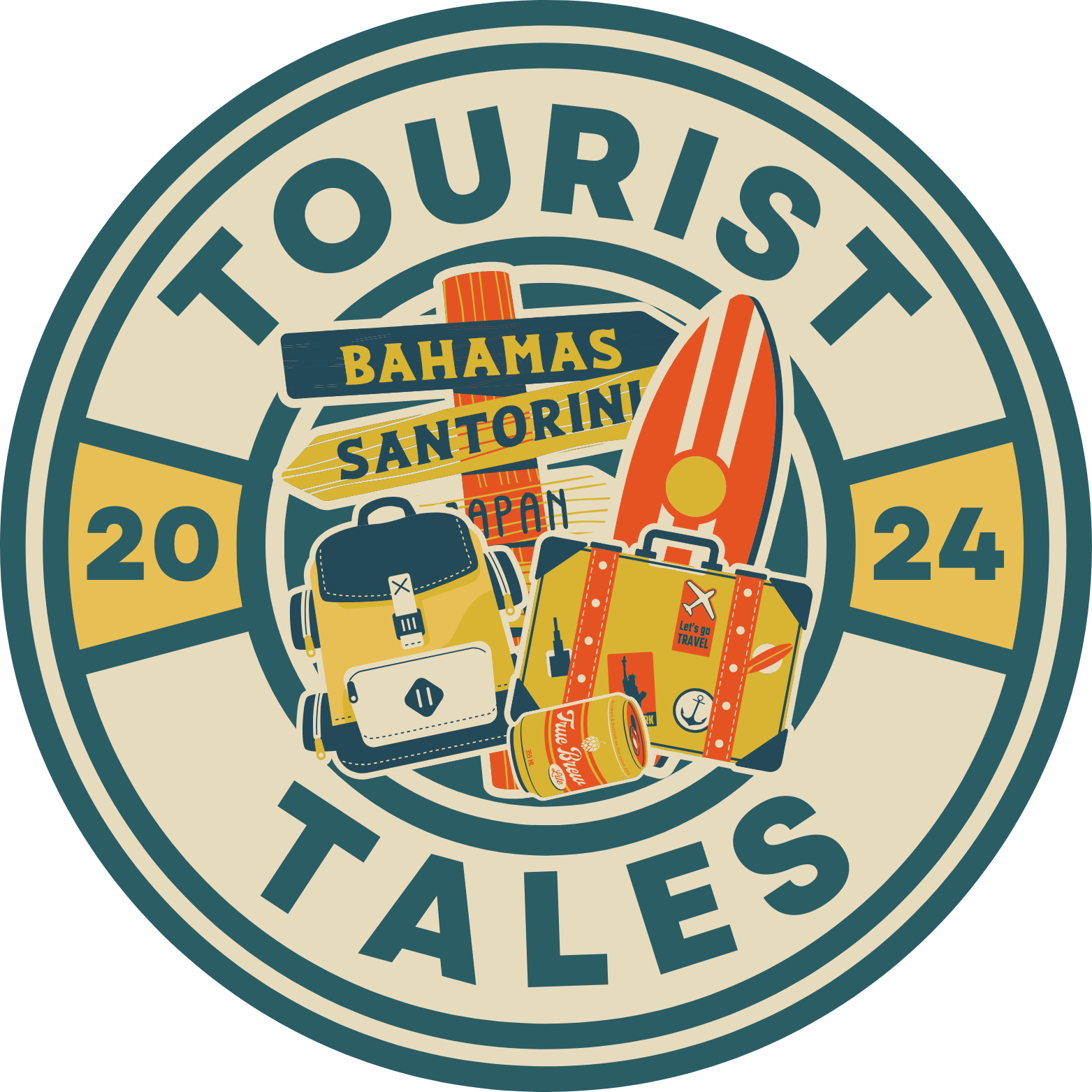
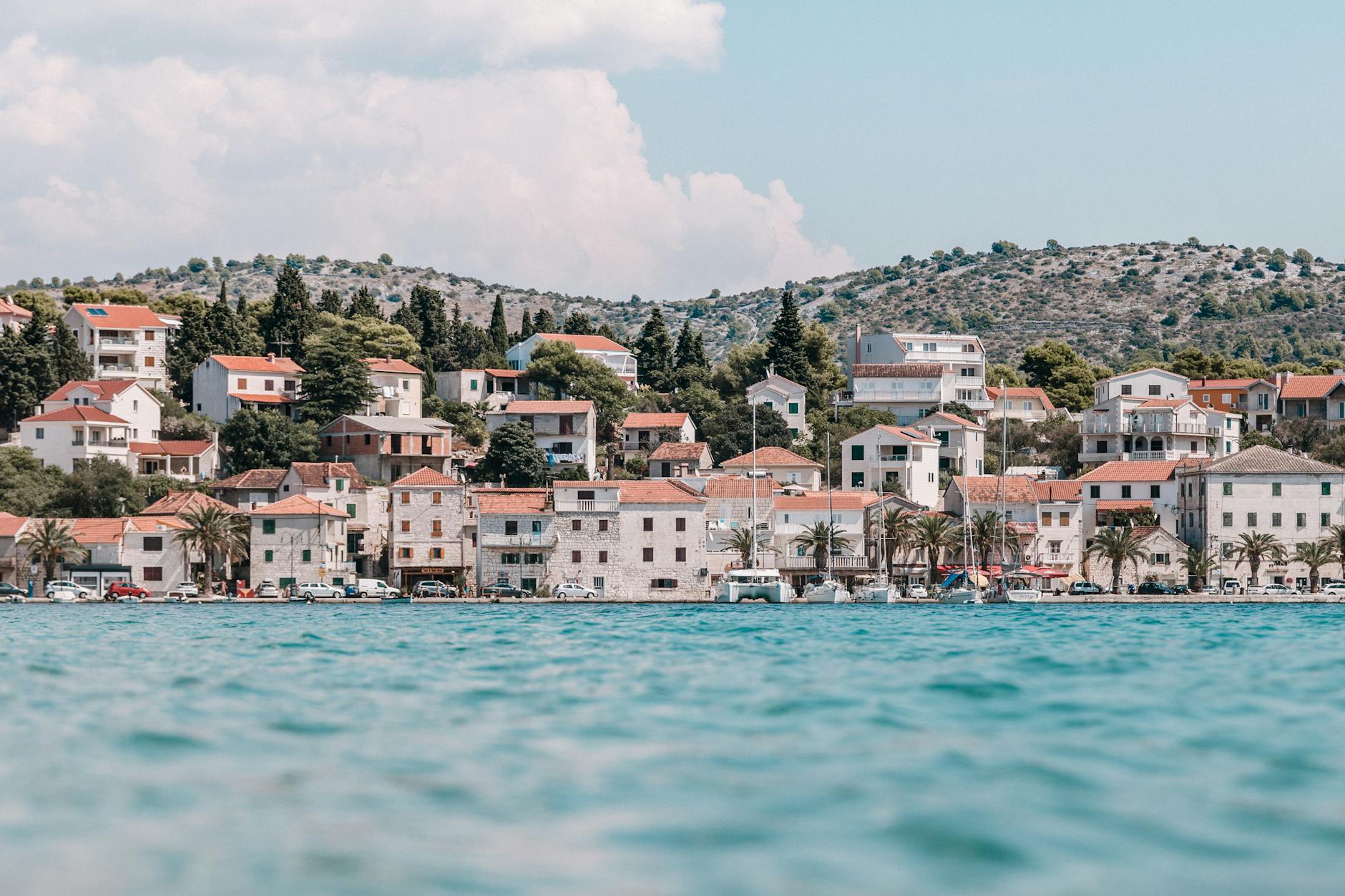
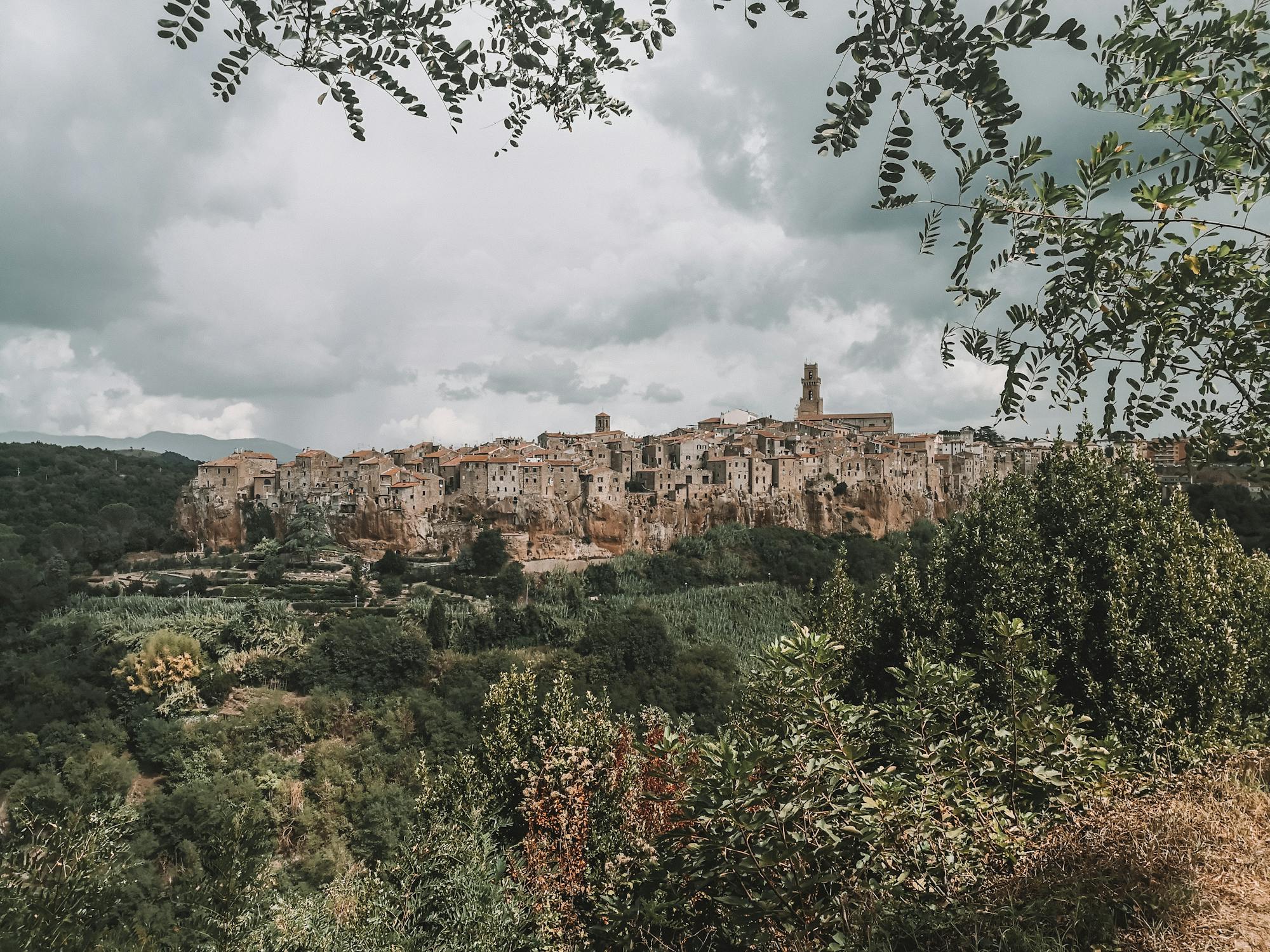
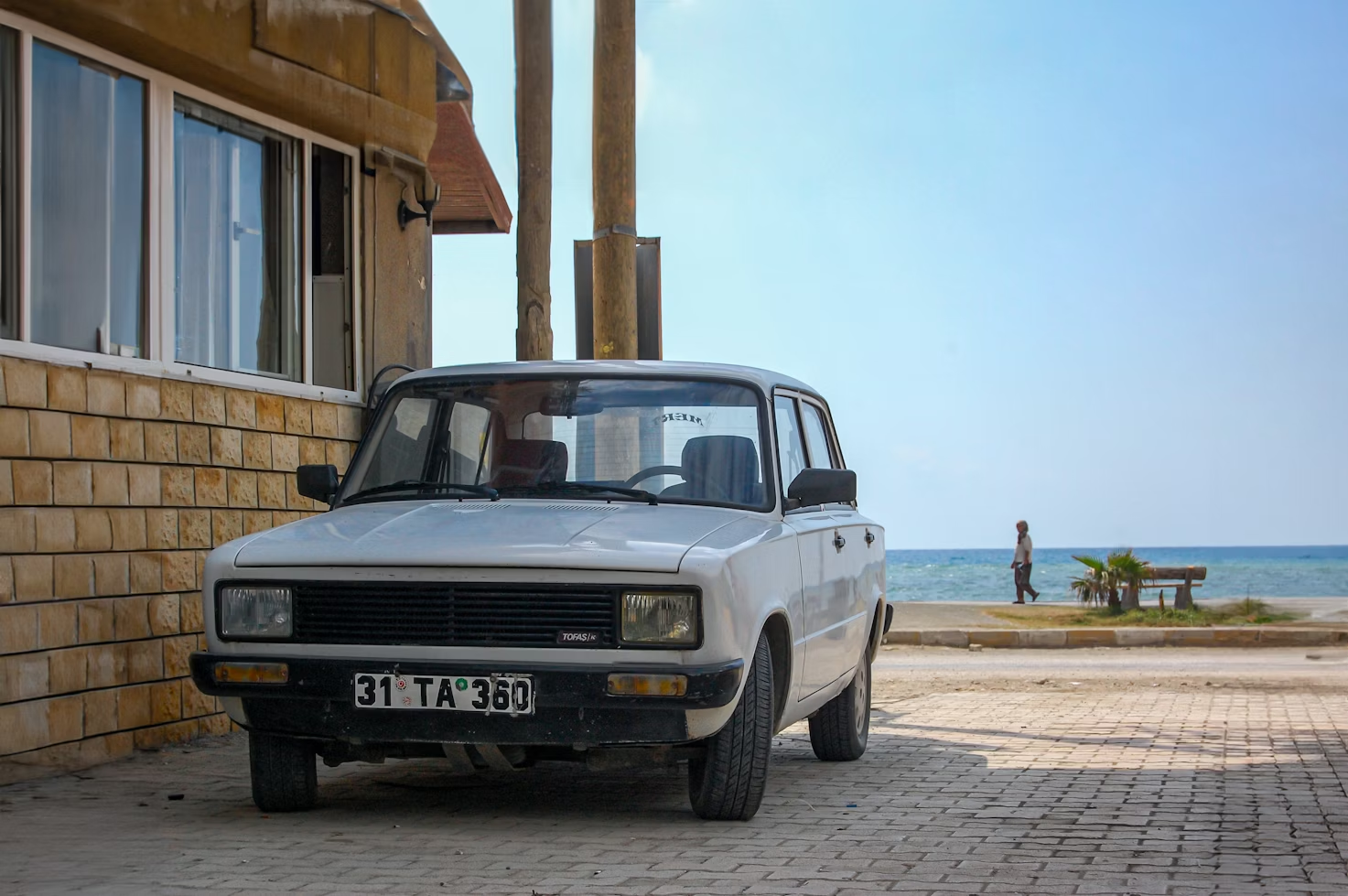
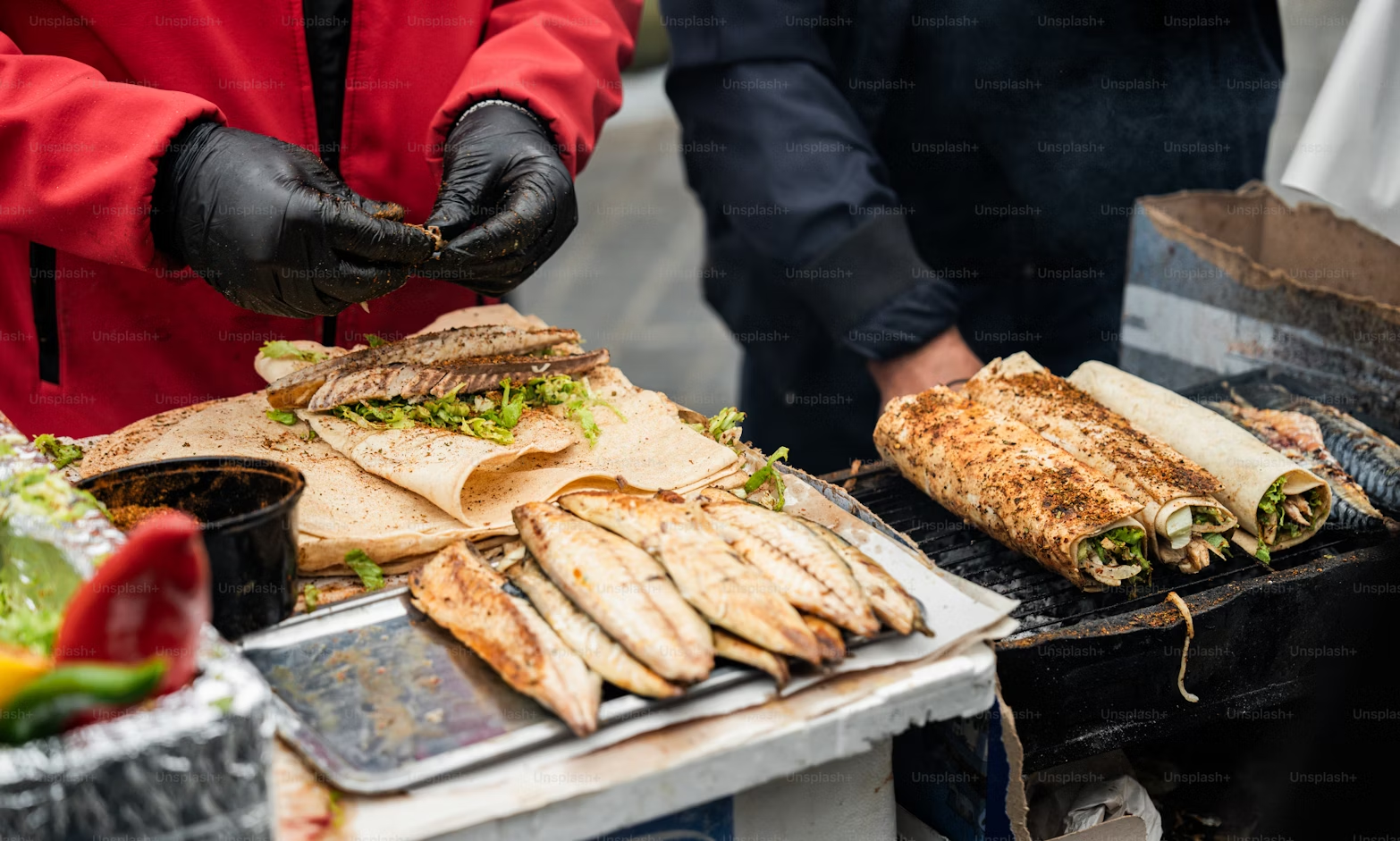
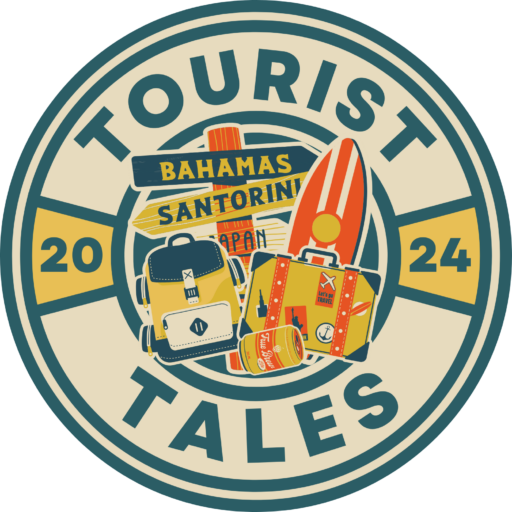
13 Responses
It’s great to see articles like this highlighting the importance of sustainable tourism. Always trying to support local communities when I travel. It makes the whole experience more authentic and rewarding.
Absolutely agree with you, SaraJ. Local is the way to go. It’s all about making those meaningful connections.
SaraJ and EcoMike, totally on board with you both. I found that choosing eco-friendly tours and accommodations also helps a lot in promoting sustainable tourism. It’s sometimes a bit more expensive, but worth every penny for the impact it has.
interesting read but im curious, how do local governments balance development and preserving local culture? seems like a tricky line to walk
As a small business owner from a tourist town, I can personally attest to the boost that tourism brings. But yes, there must be a balance to maintain our town’s charm. Tricky but doable.
Couldn’t agree more, Donna. Supporting local businesses is key. We love our tourists!
Tourism does indeed shape communities in profound ways. I’ve seen places lose their identity in the rush to accommodate tourists, but I’ve also witnessed towns thrive and preserve their heritage beautifully thanks to well-thought-out strategies. It’s all about finding that equilibrium, isn’t it?
An insightful article, TouristTales. The challenge of preserving local character amidst tourism growth is particularly intriguing to me. Historical integrity is invaluable, and its preservation should indeed be a paramount concern for communities affected by tourism.
Love this! I always try to ‘go local’ on my trips. It’s the best way to experience the real vibe of any place. Plus, knowing you’re helping the local economy is a huge bonus!
The role of local governments in encouraging sustainable tourism through policy is essential. I use examples like these in my class to teach about sustainable development. Good read!
I’ve seen firsthand how tourism can transform towns for better or worse. It’s all about sustainable practices. Travellers have a big role in this by choosing where and how they spend their money.
The struggle of over-tourism resonates deeply. It’s heartbreaking to see quaint towns lose their essence to cater to outsiders. I dream of documenting these stories, hoping to inspire a more mindful way of travel.
From an urban planning perspective, the article raises important considerations regarding infrastructure development in response to tourism. Balancing growth with sustainability requires nuanced planning and community input to ensure that developments are beneficial in the long term.